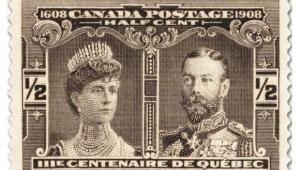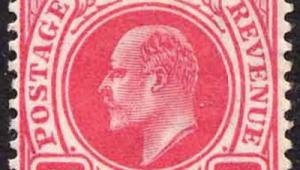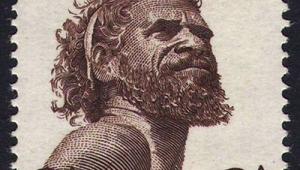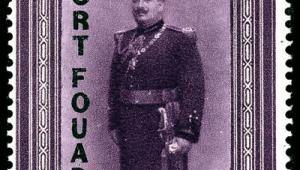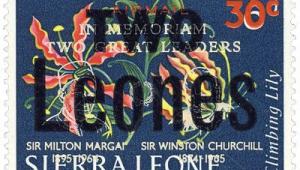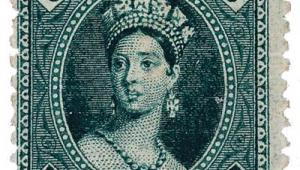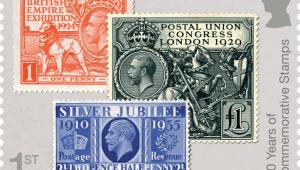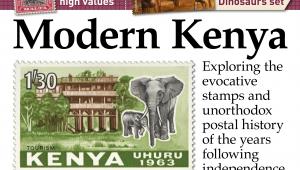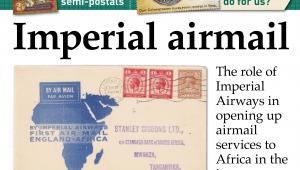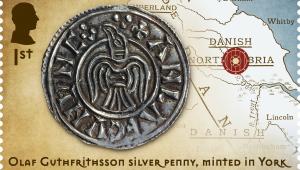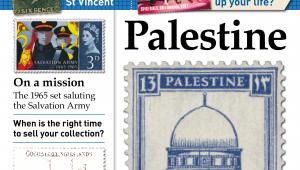Burma: feathering the nest
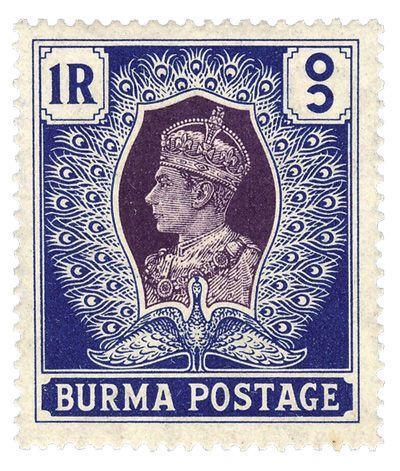
Burma 1938 1r purple and blue, with the tail-feathers of a peacock embracing the head of King George VI
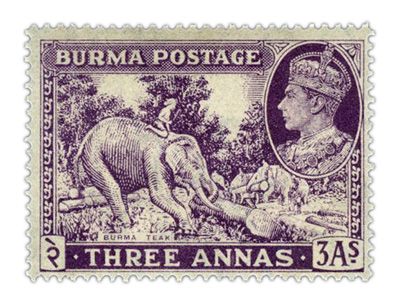
Lower Burma had been progressively occupied by the British as part of India in 1826 and 1852, and in 1885 General Sir Harry Prendergast was dispatched with 10,000 troops to acquire Upper Burma and complete the conquest.
In what became known as the Third Anglo-Burmese War, the troublesome King Thibaw, who had hoped to reunify his country, was banished to serve out the rest of his days in exile.
At a stroke, Burma became the largest province in British India, and the use of Indian stamps was extended to the newly annexed territory.
But not until April 1937 did Burma came under direct British administration as a crown colony, allowing plans to be drawn up for the country's first stamp issue of its own.
As a short-term measure the stamps of India were overprinted ‘Burma’, but a first definitive stamp issue of 15 denominations finally appeared on November 15, 1938.
It was prepared and printed by the Security Printing Press at Nasik in India, whose 1937 King George VI series for India itself had received rather mixed acclaim. Keen to improve on previous efforts, it decided that this series would offer improved iconography, reflecting the traditions and spiritual values of Burma as well as British power.
To this end, the head of the King was re-engraved to give a better likeness than the Indian issue had achieved, and local Burmese artists were commissioned to create a range of designs which were elegantly printed on paper with a distinctive Elephants’ Heads watermark.
The small-format lowest denominations from 3-pies to 2-annas had the frame around the royal portrait lavishly embellished with mythical and traditional figures, such as the leonine Chinthes and the snake-like Nagas.
The middle values from 2a 6p to 8a had horizontal pictorial arrangements featuring the traditional royal barge known as a karaweik, an elephant hauling logs for the vital teak industry, oxen at work on a rice plantation and a sailing boat on the River Irrawaddy.
But best of all were the four large-format high values, ranging from 1 to 10 rupees. Here the use of offset-lithography printing was seen at its best, in two different designs with a richness and clarity that approaches the crispness of intaglio stamps.
Most memorable of all was the ‘King & Peacock’ design, showing the bird’s ornate tail-feathers embracing the head of the monarch. Besides being outwardly striking - especially on the 1r value printed in royal purple and peacock blue - this nevertheless carried an uncompromising subliminal message.
The Burmese peacock, a bird of great beauty and a fearless fighter, had been used as the emblem of the now defunct Burmese royal household since ancient times. On this stamp, though, this symbol of the Kings of Burma seemed to have become a very British bird.
The unmistakable inference was that British power was here to stay, although of course it didn't quite work out like that. With a 1p bottom value added in 1940, the issue remained in use only until the Japanese invasion of May 1942.
Like the British Empire itself, the stamps subsequently enjoyed what might perhaps be called a Burmese summer. They were overprinted for the British Military Administration from April to August 1945, and then reprinted in changed colours by the civil government in January 1946.
But the next set of Burmese definitives would reflect its new status as an independent republic, and one that opted to remain outside the Commonwealth.
